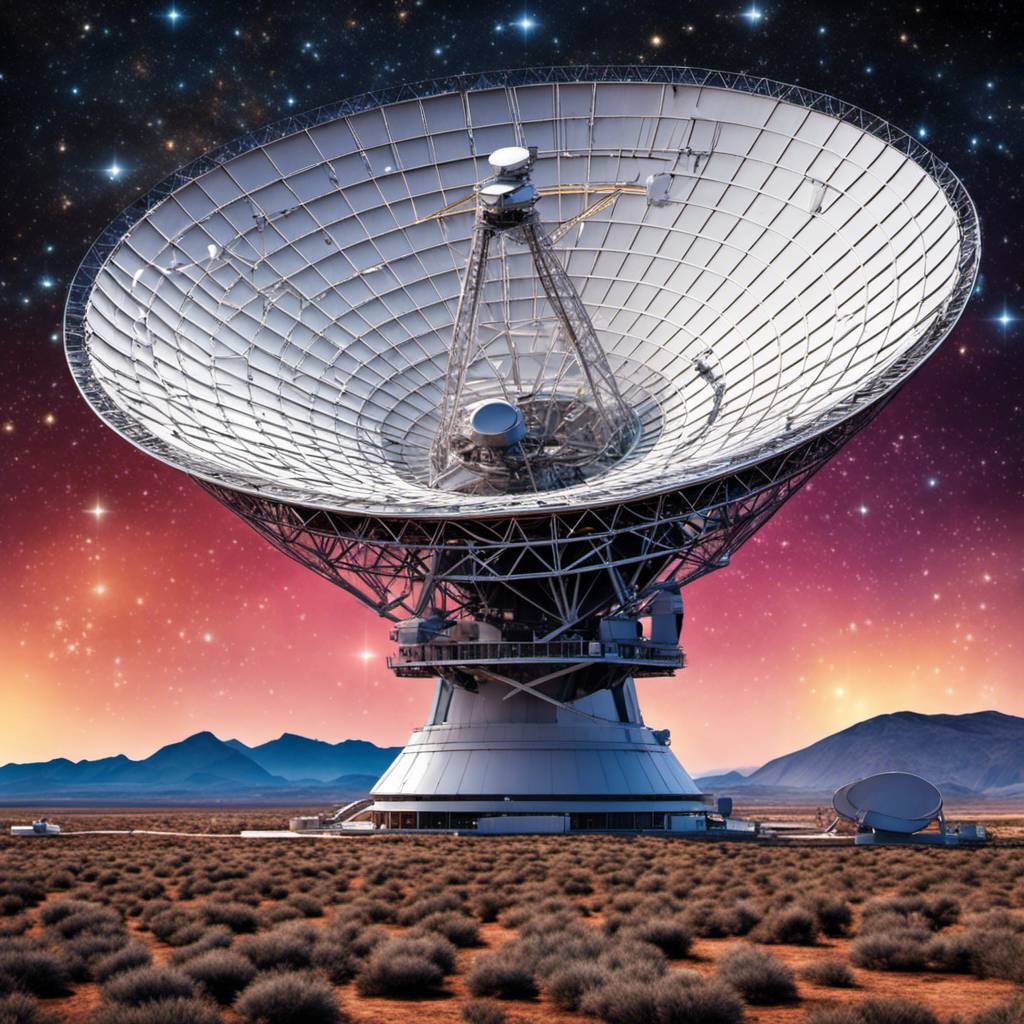The Square Kilometer Array Low frequency telescope, situated in Australia, is equipped to sense the most subtle radio signals from the farthest corners of the universe. Newly designed electronic devices, known as SMART boxes, that power the antennas of this colossal radio telescope are so advanced that they generate less interference than a mobile phone on the moon. This development is a significant milestone for the electronics industry.
The SKA Low frequency telescope, a series of radio dishes under construction in Western Australia, along with its mid-frequency counterpart being constructed in South Africa, is set to become the world’s largest and most sensitive radio telescope once operational later this decade. The SKA Low’s 131,072 dipole antennas will be capable of detecting the faintest radio signals from the universe’s most distant reaches.
Located in a remote area approximately 500 miles (800 kilometers) north of Perth, the array’s extreme sensitivity makes it highly susceptible to interference from human-made sources of radio waves. The antennas are so sensitive that they can pick up even the soft hum emitted by electronics on internet-beaming satellites orbiting 342 miles (550 kilometers) above Earth. This could potentially disrupt observations and hinder astronomical research.
According to Federico di Vruno, the Square Kilometer Array Observatory’s (SKAO) radio spectrum manager, this interference could even impair the telescope’s search for signs of extraterrestrial life. To counter this, a radio-quiet zone surrounds the telescope, where mobile phones and radio transmitters usage is strictly regulated.
To further ensure that the telescope’s own electronics do not cause interference, engineers at Curtin University’s International Centre for Radio Astronomy Research (ICRAR) in Perth have developed unique power and signal distribution devices that emit almost no electromagnetic radiation. Tom Booler, program lead for engineering and operations at ICRAR, said in an emailed statement that due to the observatory site’s radio-quiet nature, the electronics like theirs become the biggest potential source of interference due to their proximity to the antennas.
These devices, besides being made from radio-quiet components, are encased in special wrapping that prevents any electromagnetic radiation from escaping into the environment. Booler added that when tested, the devices emitted less radiation than a mobile phone placed on the moon would reach the antennas.
The construction of these telescopes began in December 2022 after over 30 years of preparations. The two telescope sites in Australia and South Africa will have a combined collecting area of 1 square kilometer, or 0.34 square miles. The Western Australian site will focus on radio waves with the lowest frequencies, between 50 to 350 MHz, while the South African array, comprising 197 50-foot-wide (15 meters) dish antennas, will focus on longer wavelengths, between 350 MHz and 15.4 GHz.
Radio waves have much longer wavelengths than visible light, allowing them to penetrate through dust and debris. Sensitive radio telescopes like SKAO enable astronomers to detect radio waves escaping from parts of the cosmos that are otherwise obscured and invisible to other types of telescopes.
Catherine Cesarsky, the chair of the SKAO council, stated last year that the SKA telescopes would revolutionize our understanding of the universe. They will allow us to study its evolution and some of its most mysterious phenomena in unprecedented detail, which is truly exciting for the scientific community.
In conclusion, the advancements in electronics and computers have greatly contributed to the development of these state-of-the-art telescopes. The programming languages and coding used in creating these SMART boxes are a testament to human ingenuity and our relentless quest for knowledge about our universe.
